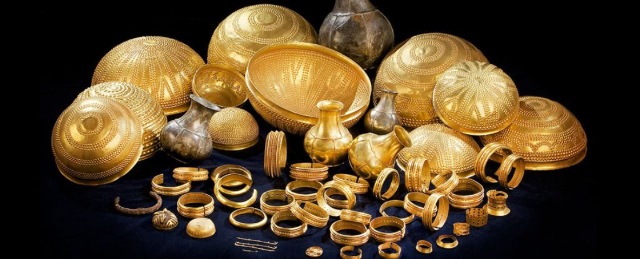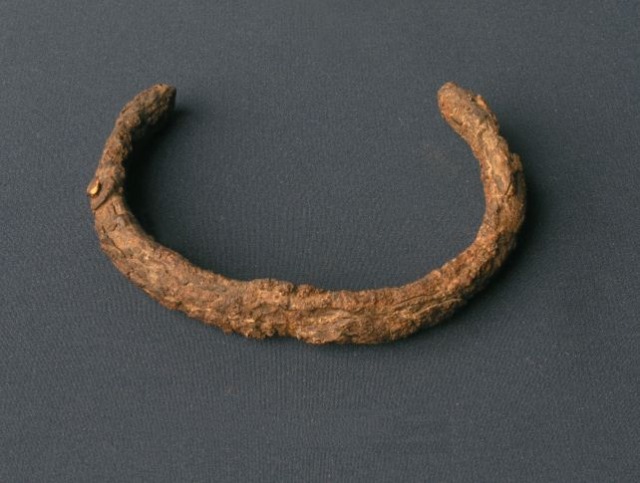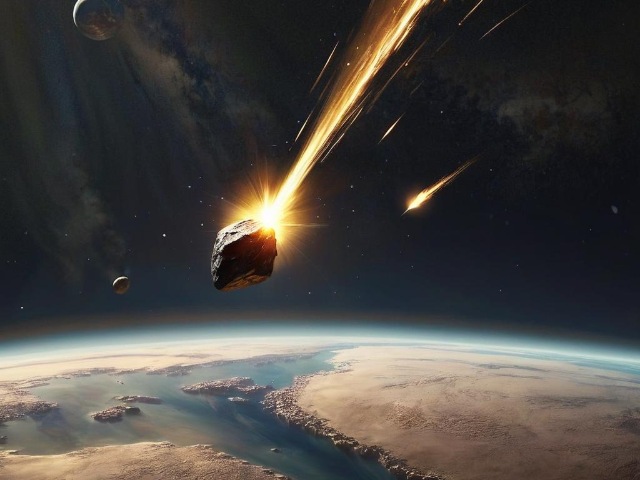[imagesource:gencraft/ai]
Amidst a trove of glittering golden treasures from the Iberian Bronze Age, a pair of corroded objects, made with what researchers believe is metal from some far-flung place, may be the most precious of all.
Researchers reckon that the found dull bracelet and a rusted hollow hemisphere decorated with gold are forged, not out of metal from Earth, but with iron from meteorites that fell from the sky.
The discovery, led by Salvador Rovira-Llorens, the now-retired head of conservation at the National Archeological Museum Spain, was revealed in a paper published in January and suggests that metalworking technology and techniques were far more advanced than we thought in Iberia more than 3,000 years ago.
The Treasure of Villena, a dazzling collection of 66 artefacts, mostly gold, was unearthed over 60 years ago in 1963 in what is now Alicante, Spain. This remarkable find has since been celebrated as one of the most significant showcases of Bronze Age goldsmithing, not only in the Iberian Peninsula but throughout all of Europe.

The main challenge has been determining the age of the collection thanks to two objects: a small, hollow hemisphere, thought to be part of a sceptre or sword hilt; and a single, torc-like bracelet, per Science Alert.
Both have what archaeologists have described as a “ferrous” appearance – that is, they seem to be made of iron.
But the Iron Age – where smelted terrestrial iron began to replace bronze – didn’t start until around 850 BCE in the Iberian Peninsula and the gold materials have been dated to between 1500 and 1200 BCE.
As such, scientists are trying to puzzle together how these ferrous-looking artefacts sit in the context of the Treasure of Villena.


The twist is that iron ore from Earth’s crust is not the only source of malleable iron. In fact, there are a number of pre-Iron Age iron artefacts around the world that were forged from the stuff of meteorites. Perhaps most famous is the meteoritic iron dagger of Pharaoh Tutankhamun.
There is a way to tell the difference between iron from here and iron from meteorites, which has a much higher nickel content than iron dug out of Earth’s ground. So researchers obtained permission from the Municipal Archaeological Museum of Villena, which houses the collection, to carefully test the two artefacts, and determine just how much nickel they contained.
In spite of the high degree of corrosion, which alters the elemental makeup of the artefact, the results strongly suggest that both the hemisphere and the bracelet were made from meteoritic iron.
What wonderfully globalised jewels, or should we say ‘galaxised’.
[source:sciencealert]





